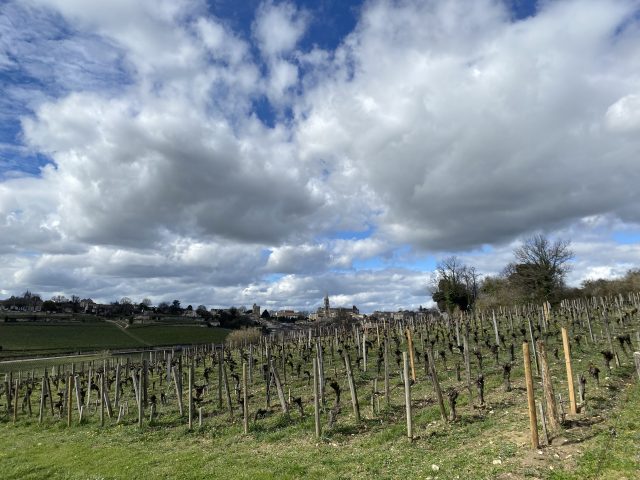Bordeaux 2022 vintage report: The questions still to be answered
On the eve of an intense period of en primeur tasting, many questions inevitably remain to be answered. Here, db’s Bordeaux correspondent Colin Hay reports on the conundrums.

In a recent deep dive into the Bordeaux 2022 vintage report, titled ‘Mysterious majesty forged from the enigma of climatic excess’, I reflected on the meteorological conditions that contributed to forging the potential greatness of the vintage. However, this pieces highlighted just how many questions remained unanswered. And it would be a shame were that not the case. Let me draw this initial reflection to a conclusion by listing ten of them and by declaring my intention to return to each in the days and weeks to come before sharing a final concern.
- How good can a vintage be that is this hot and this dry? How does it stand in comparison with 2010, 2016 and the trilogy 2018-2019-2020?
- Is this a vintage for clay and limestone-clay soils above all?
- Is it a Northern Médoc and St Emilion vintage – and, if so, because of this or for other reasons?
- Is this a vintage likely to please both European and new world palates alike?
- Which appellations have excelled – and why?
- Which properties and which terroirs have excelled – and why?
- What do we learn about climate change and the capacity to cope with it from this vintage?
- What is a fair price for these wines? And are the low yields relevant factors in evaluating fair price?
- Is there a demand for these wines at that price?
- Are release prices likely to reflect that price?
A final concern: troubles ahead?
The analysis is heartening in all kinds of ways. Despite a growing season of climatic and meteorological excess, it seems possible to imagine that greatness has indeed been achieved. The proof of that is, of course, still to come. But it is certainly credible to believe that 2022 will join the pantheon of the truly great vintages of the last century.
But the implications still trouble me greatly when we start to think beyond the time-horizon of a single vintage. The bottom line here is that vines need water. In the growing season of any given vintage, that water can come from above – through rainfall – or it can come from below – from the water table. In 2022 a significant proportion of it came from below because, in drought conditions, there was simply not enough of it coming from above. But it cannot come from below forever.
Partner Content
That worries me prospectively. For if it is credible to think that the 2022 vintage was saved, as I have tentatively suggested, by the rains of December 2021, then it seems only fair to point out that December 2022 did not replenish the water table in anything like the same way – nor has any subsequent month.
We can, of course, reduce water loss from transpiration through greater vegetal cover, better management of soils, agroecology and so forth. We can also better manage canopies and reduce planting densities. And I am genuinely convinced that we need to do all of these things. But we cannot replenish the water table without rain – or, more precisely, without at some point annual rainfall levels exceeding the vineyard’s annual consumption of water.
How close are we to a point beyond which that is no longer guaranteed? Indeed, are we already beyond such a point? These are questions to which we will inevitably return and to which we will inevitably have to return. What is clear today is that the drought continues and with every month that passes without a net replenishment of the water table the problem worsens.
Related news
Strong peak trading to boost Naked Wines' year profitability




